![]()
After visiting the coastline and mountains of South Cyprus, we take a few days to discover what’s on the other side of the border, in the turkish northern part of the island. Our plan is first to visit the ancient castle of Kantara before setting off to the wild in the Karpas peninsula.
Kantara Castle, a deep dive into medieval history
To get to North Cyprus, we first need to cross the border with our little rental car. There are seven checkpoints along the border, open 24/24. To be allowed to go through, you’ll basically need to show your passport and then (if you’re crossing with a rental car) suscribe to the complementary car insurance they’ll propose you (that cost around 15€) to get you covered during your stay in the North. For this first crossing, we choose the Pyla-Beyarmudu check point which is very close to Larnaca. We have to queue a little bit but the border crossing is really easy going otherwise.
After the checkpoint, and a large no man’s land, we soon discover North Cyprus : in general, the infrastructures are in bad conditions. Especially the road. The ambiance is quite troubling. Between the villages : nothing. An arrid flat land. We don’t see much people in the streets of the small towns we pass through, and on the road, old cars overtake us at high speed. Though the northen cyprus government is known for beeing quite strict on speed limit and has installed a lot of speed cameras !
After a little bit more than an hour, we drive uphill on an empty narrow road, contemplating the minimalistic landscape around. It is so empty and drier than dry that it’s not even boring! We realise how hot and rainless this particularly harsh summer must have been for Cyprus. The tiny road takes up higher and higher up the impressive mountain crest of Kyrenia pointing towards the Karpas Peninsula. On top of the crest sits the proud Kantara castle, wonderful evidence of the rich historical heritage of Cyprus.
This impressive stronghold was built somewhere around the 10th century B.C. by good old byzantines who where reknown (among plenty other things) for their architectural skills. It is true that the strategic position of Cyprus island in the Mediterranean sea certainly required a line of defence. The Kantara castle is part of the three huge strongholds that have been built on this crest facing the sea to defend the island against invaders. The two other castles are Saint Hilarion and Buffavento.
It is certain that those well preserved old stones witnessed the comings and goings of all the people around the Mediterranean sea lusting for the supremacy over Cyprus, from byzantines to venitians, greeks, italians, english, cruzaders and ottomans. As for us whom have always been pacifists, the only mean of our visit is to admire the stupendous view offered from the old fortified towers.

The Karpas Peninsula
Also known as the « pan handle » for obvious geographic reasons, the Karpas Peninsula is one of the most remote area of Cyprus. The road we choose is following the northern coastline of the peninsula, displaying turquoise bays as beautiful as they are empty. There is nearly nobody on the road and the few villages we drive across look like their clocks all stoped in 1974 when the turkish invasion occured. A lot of houses and churches show signs of decay and poverty, when others are already totally in ruin. Paradoxically, brand new luxury white villas had recently appeared in the middle of this dusty aging mess creating quite a strange atmosphere.

Further on, near a lonely old church along the sea, we stumble upon a luxury restaurant. That is so unlikly to find such a place with absolutely nothing else for miles around thaht we stop for a snack and end eating a delicious freshly caught fish grilled on the barbecue. Even further, we pass along a brand new marina welcoming luxury turkish yachts. But we are still in the middle of nowhere! Weird…
The Karpas peninsula look a bit deserted at this time of year, yet there must be a few tourists travelling up there suring the summer season as there are several monastery to visit along the coast, surrounded by hotels and tiny restaurants. In between those human construction, though, Nature rules freely. The magnificent golden beaches are all wild, empty and forgotten. Nobody take care of them so if you stop along, you can just do your part and pick up some of the Mediterranean human trash that tends to accumulate on these should-be pristine beaches! Turtles sometimes stops on some of those beaches to lay their eggs so be careful during the rignt season and read the official signs! The Karpas peninsula is also know to host large herds of wild donkeys. We didn’t encounter any on our way but they are apparently quite a common sight!
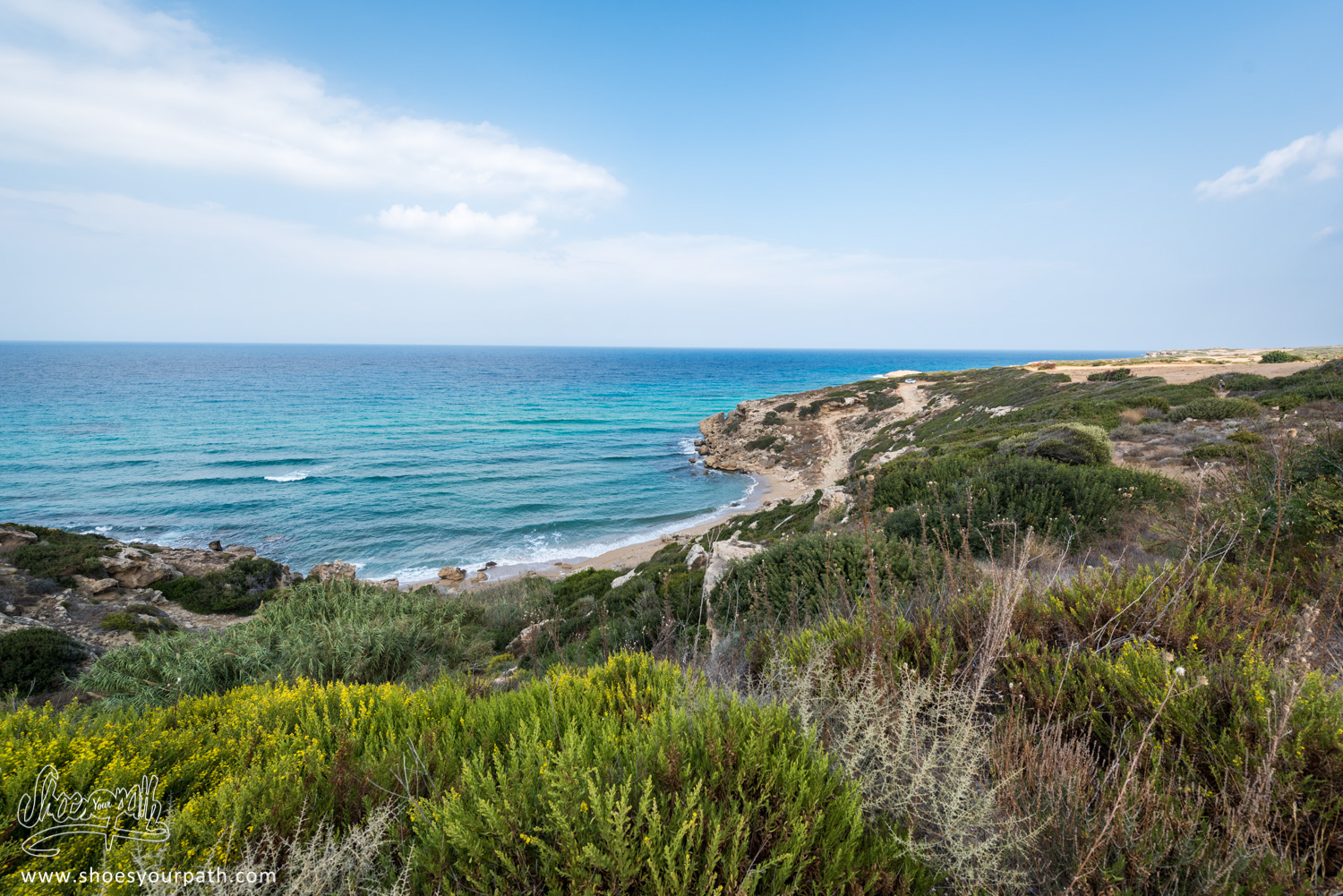
This has been only a short overview of the Karpas peninsula, that really makes us want to see more. We would have loved to drive to the end of the peninsula biut the night is falling fast. We will keep it for our next visit! We drive back to South Cyprus cutting through small country roads and villages, surrounded by hills on top of which stands the proud figure of Ataturk. Not a lot of people on the road except some farmers going home on their old tractors. The call to prayer echoes in the background as the sun gets down. The atmosphere is quiet and peaceful.
Tomorrow, we will travel back north to visit the medieval castle of Saint-Hilarion and the colourful port of Kyrenia! See you there!
M.& Mme Shoes

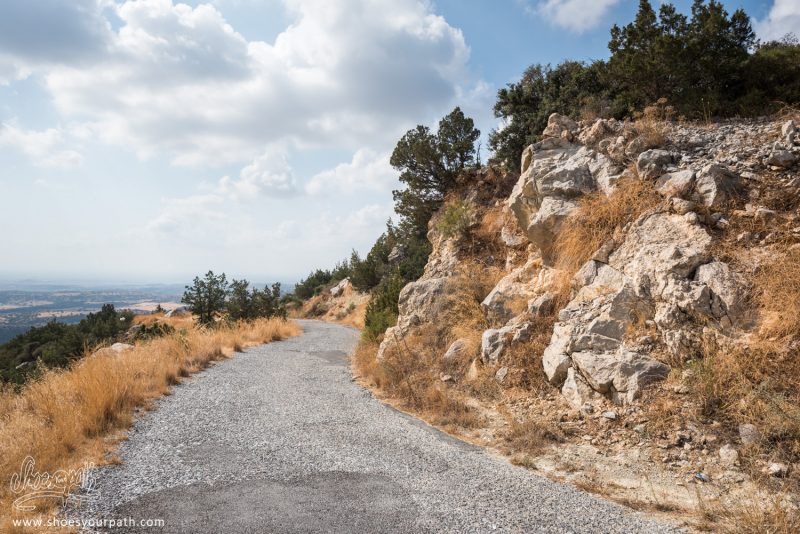
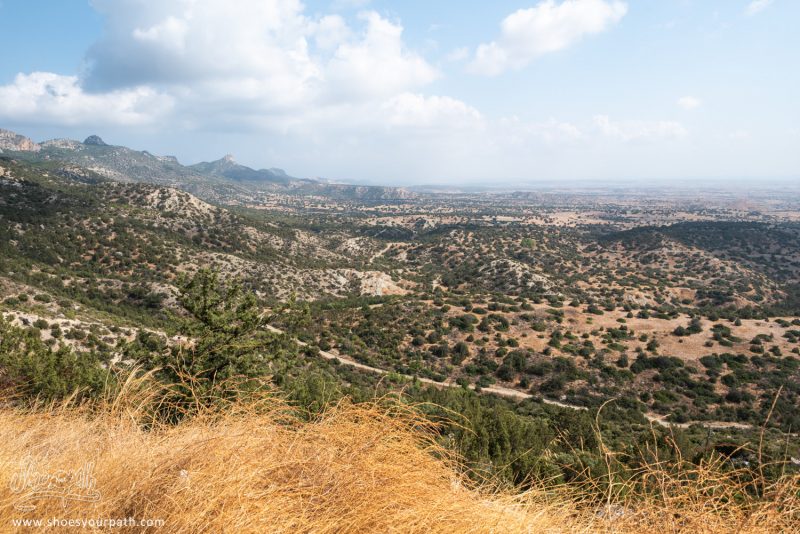
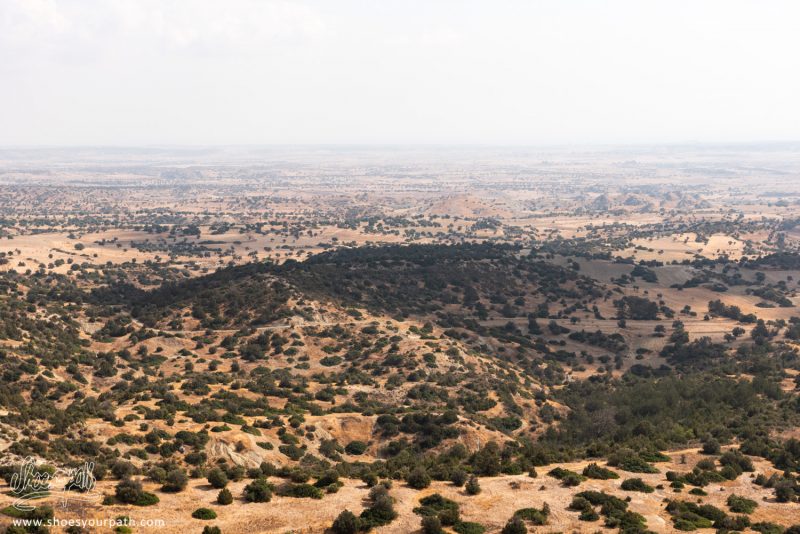
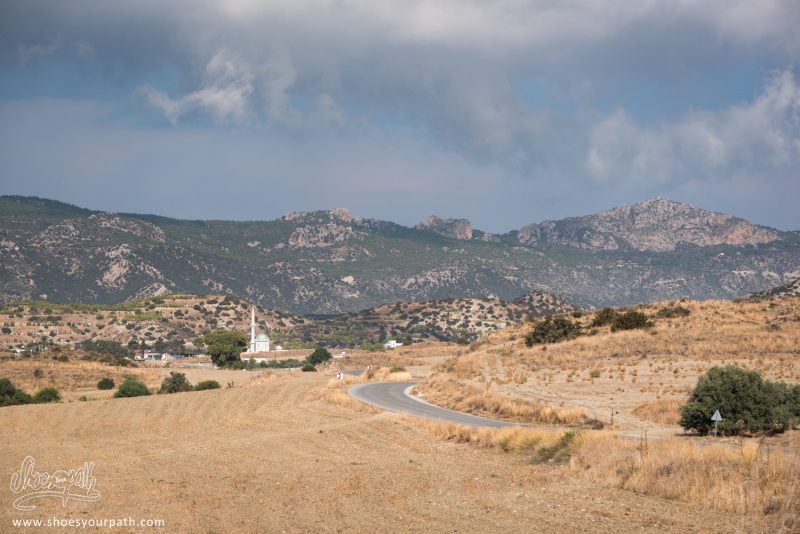
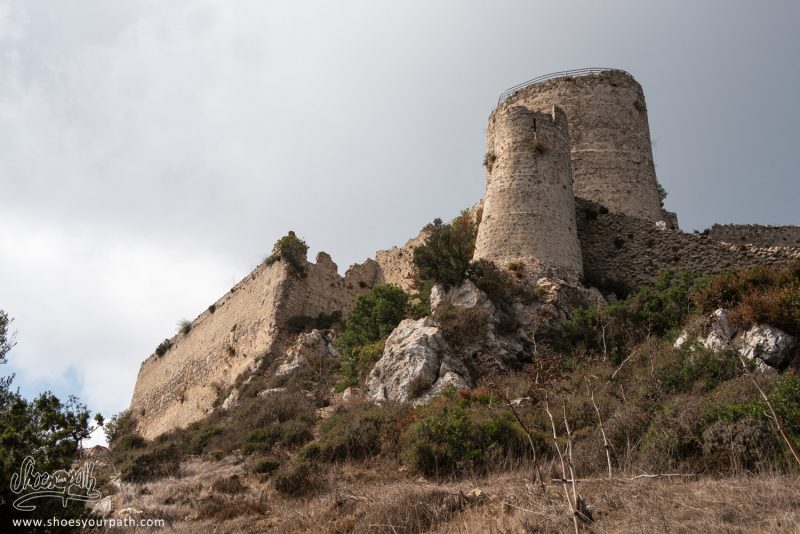
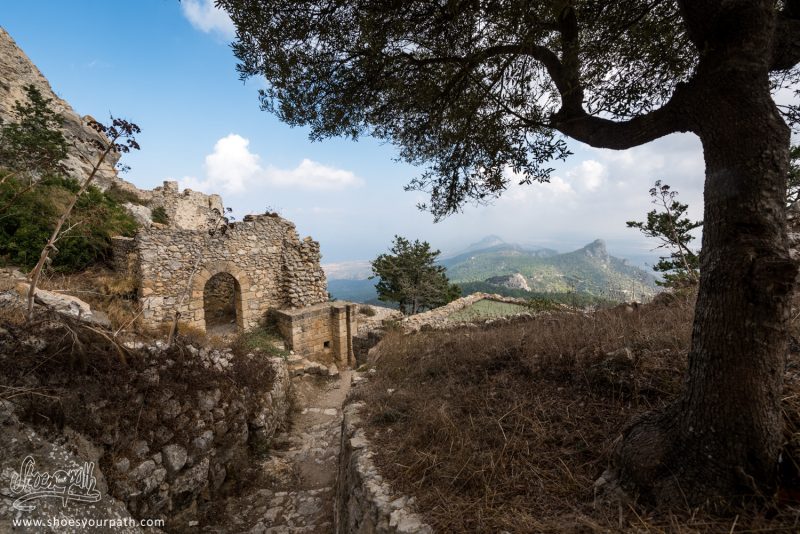
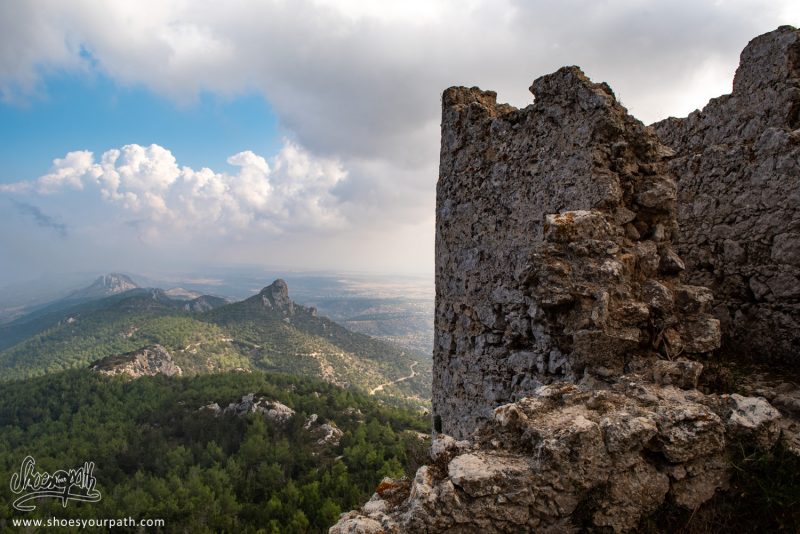
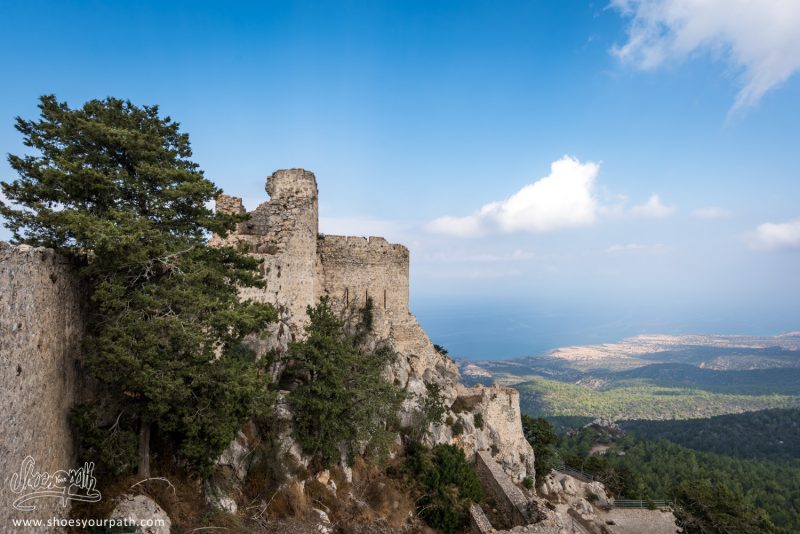
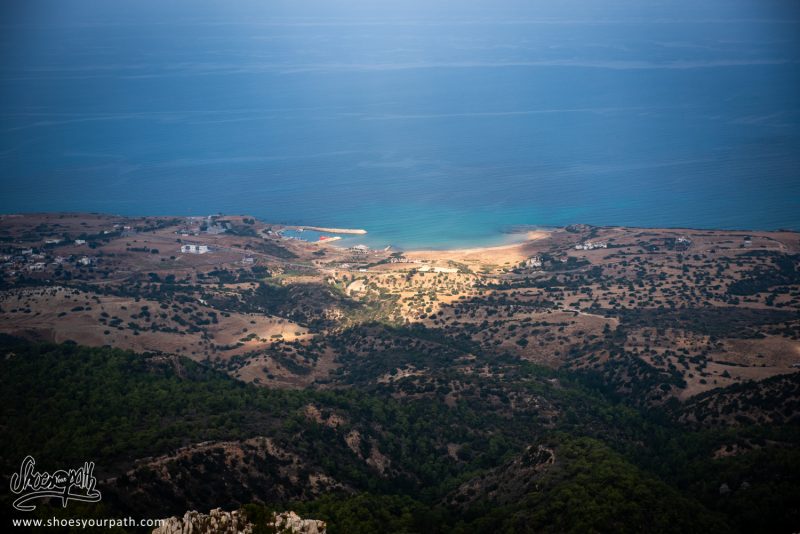
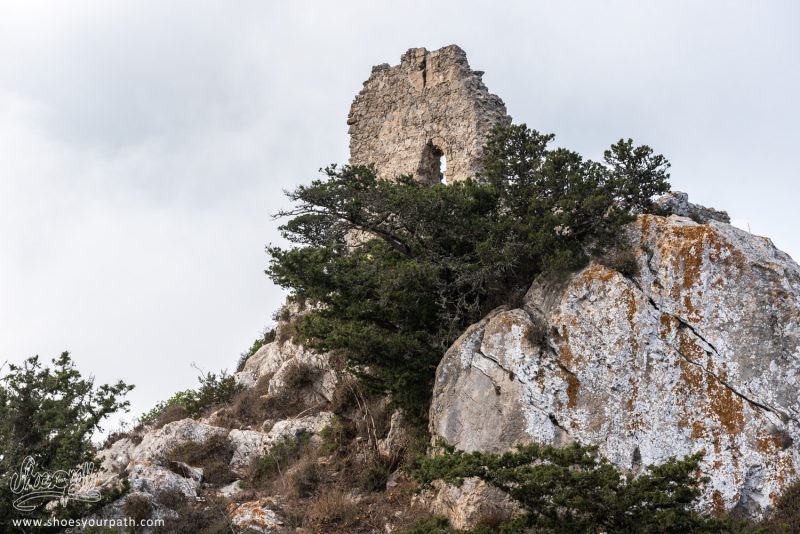
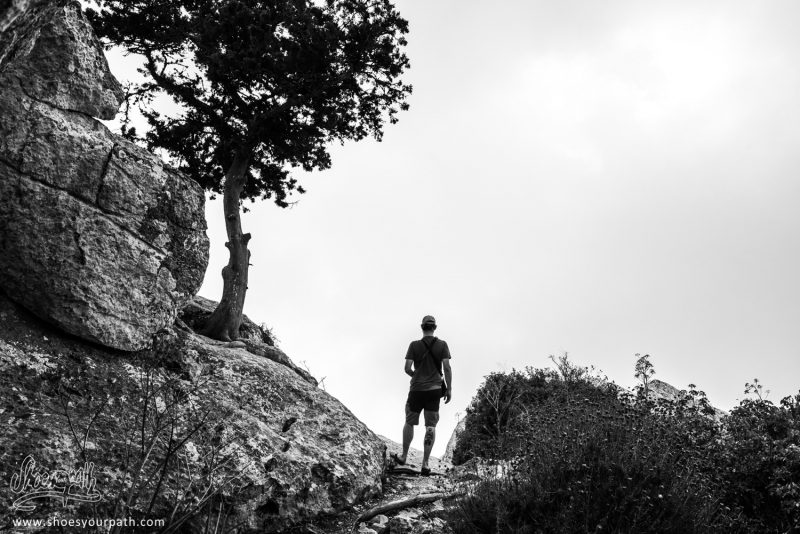
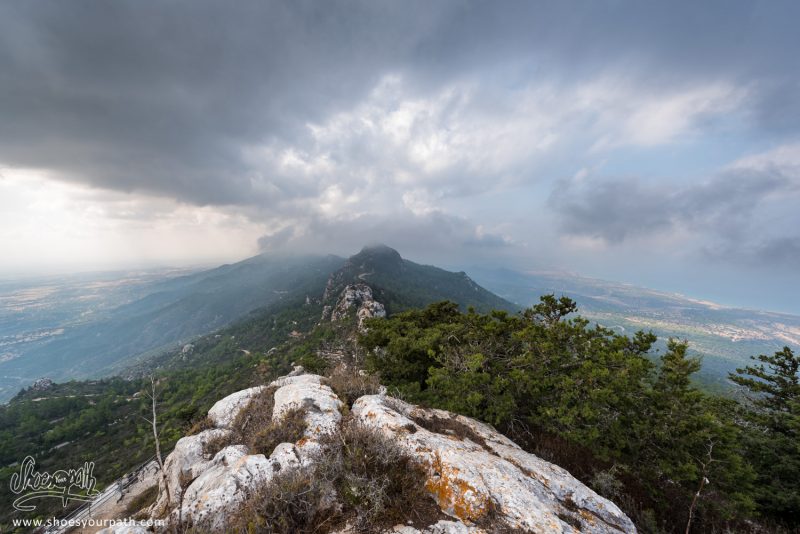
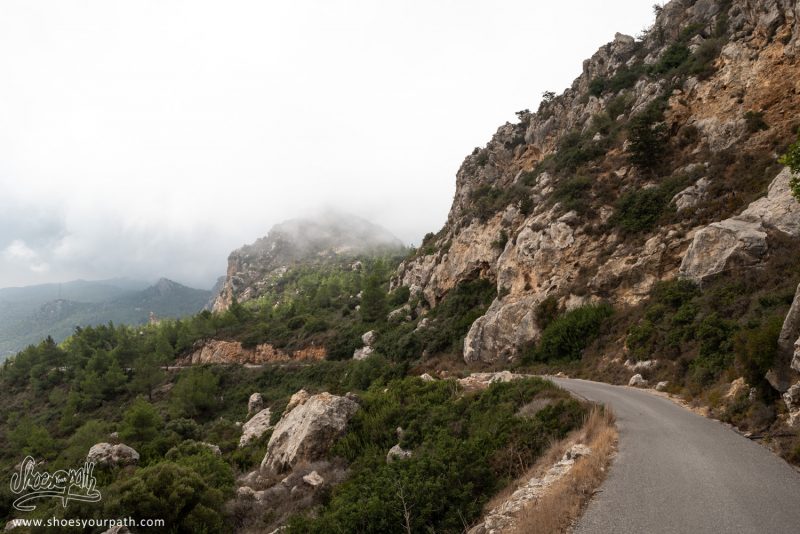
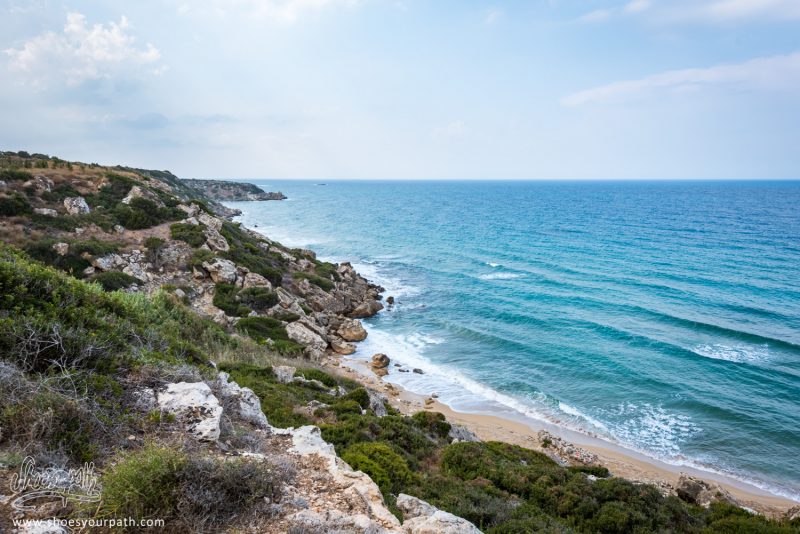
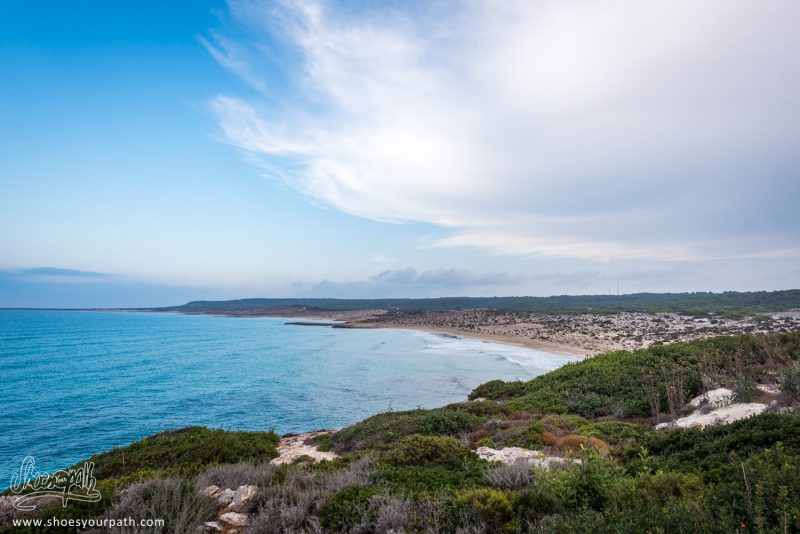
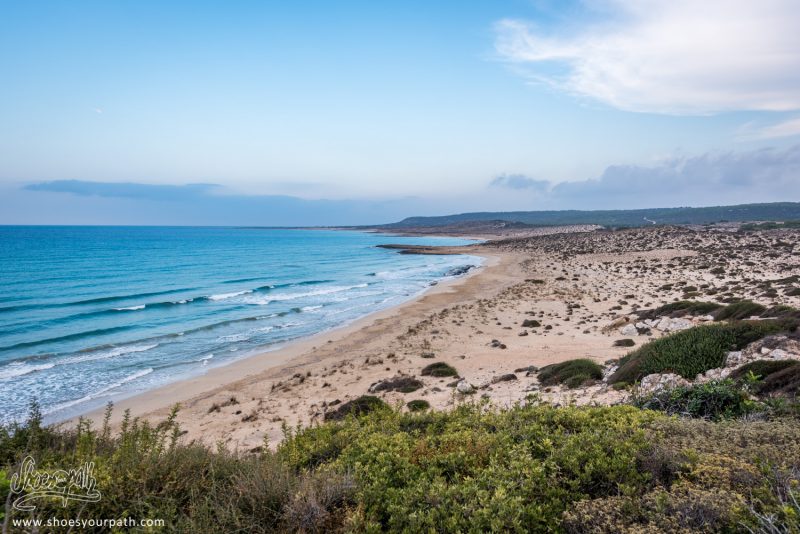
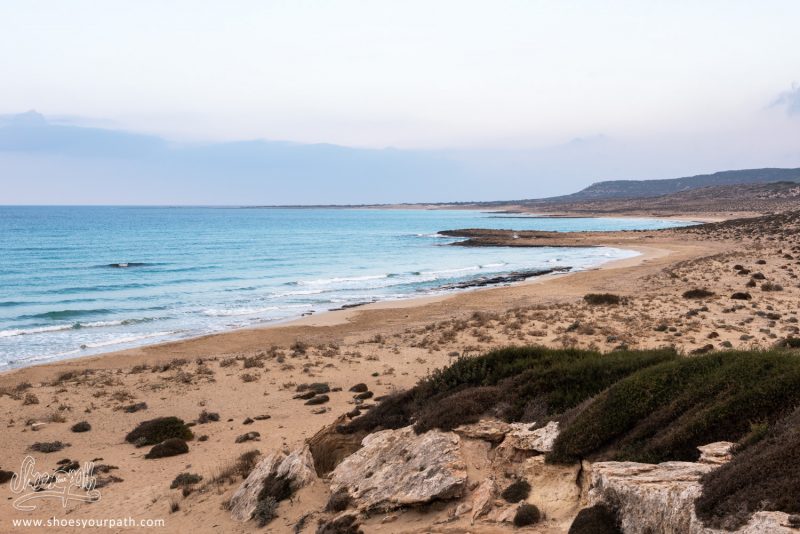
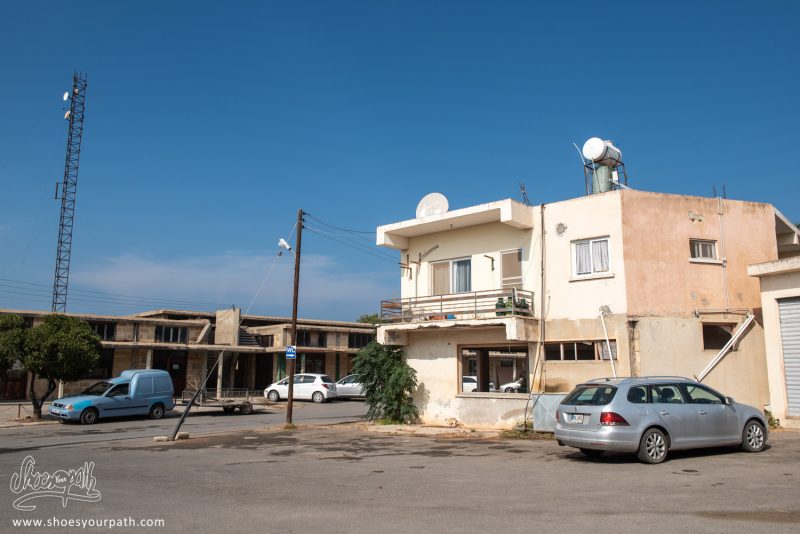
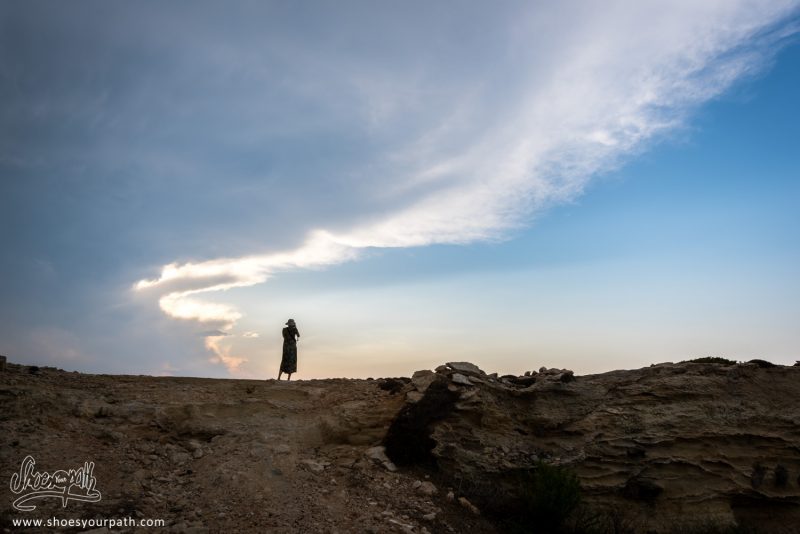
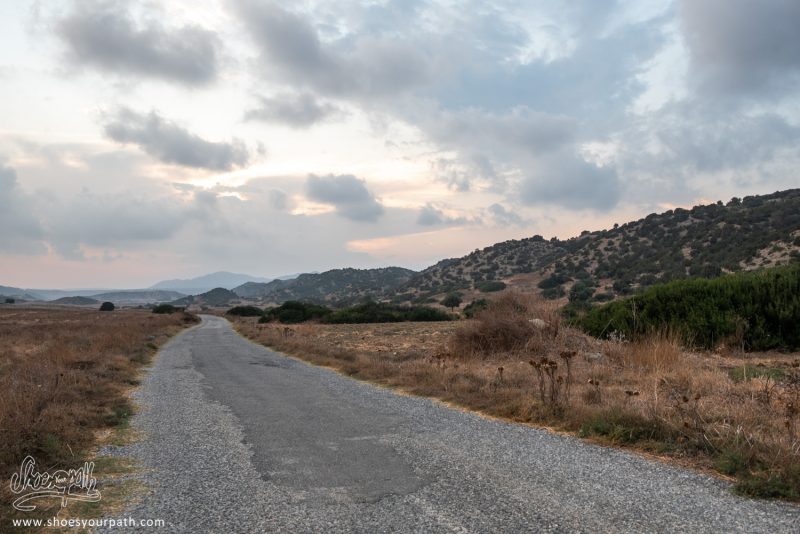
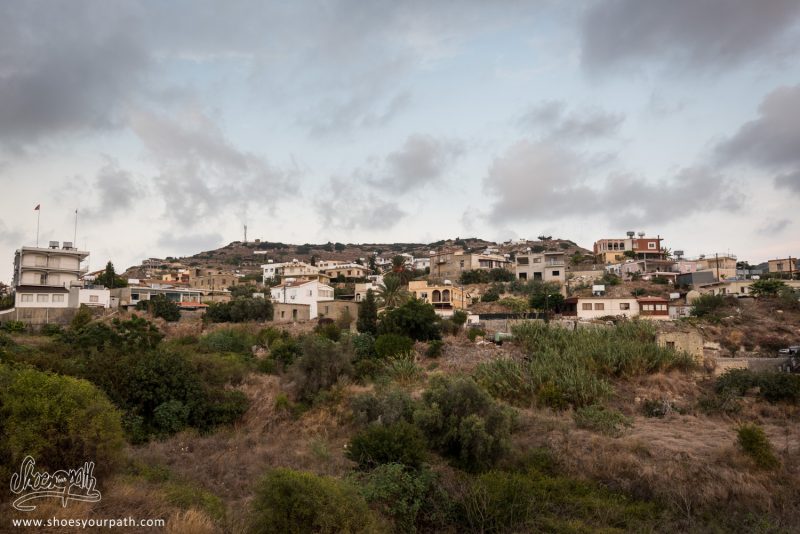
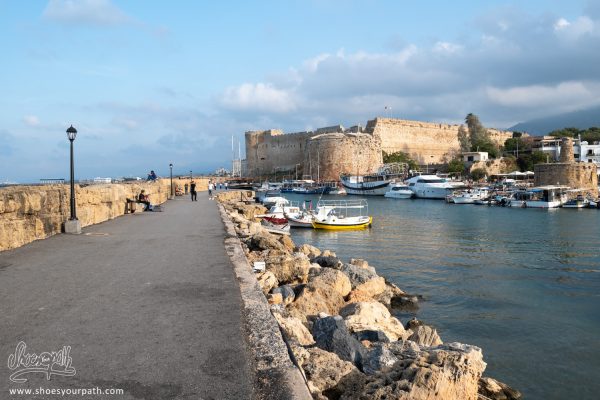
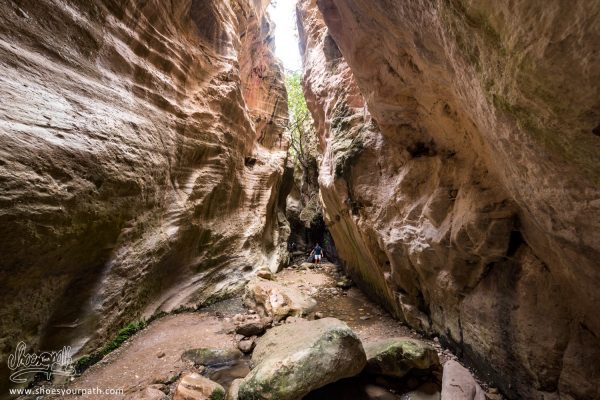
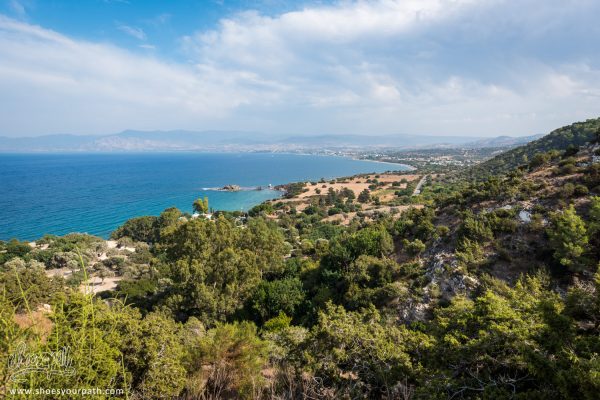
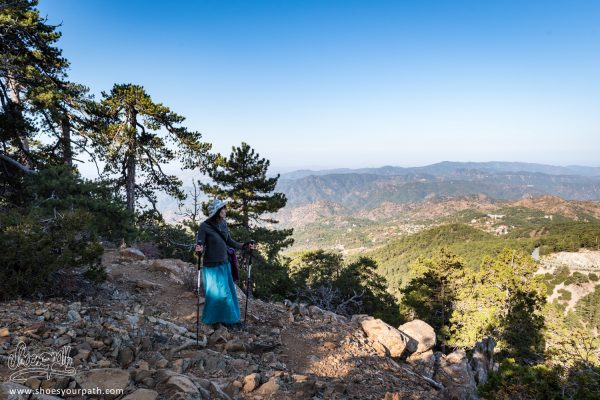
Cet article comporte 0 commentaires